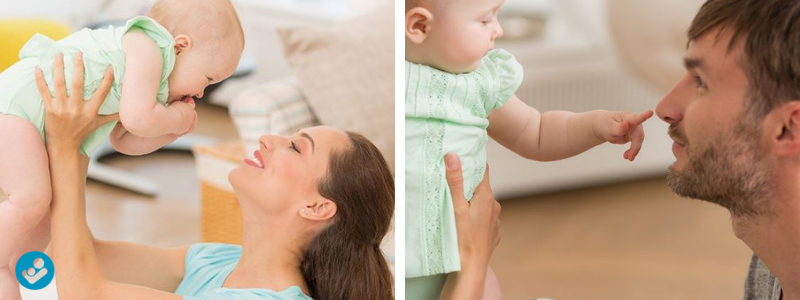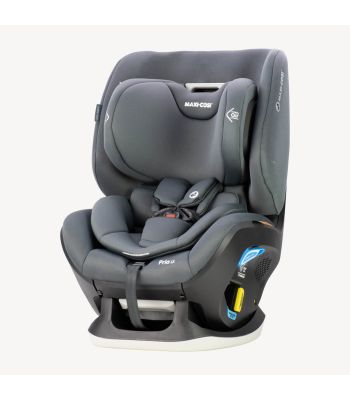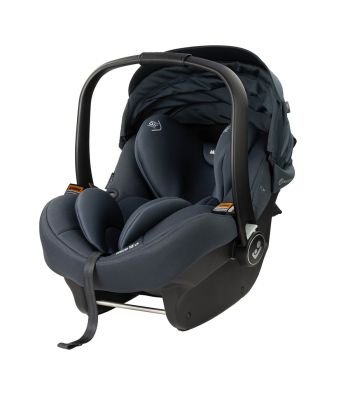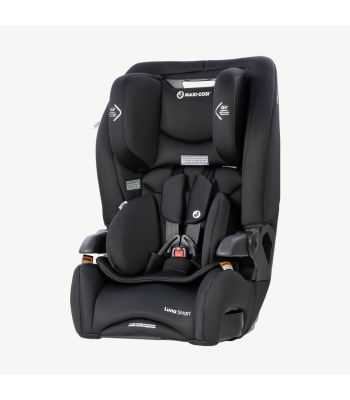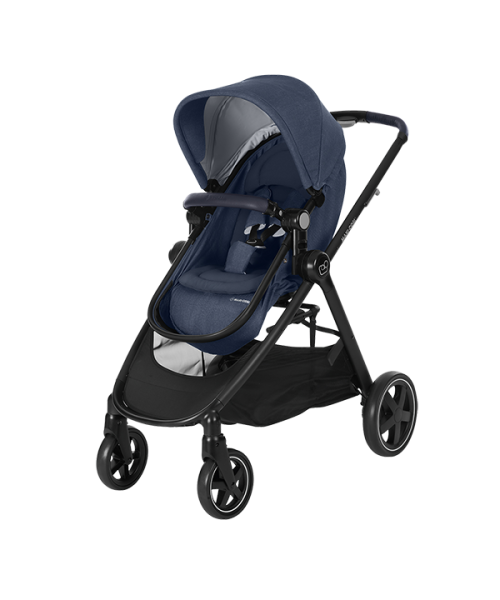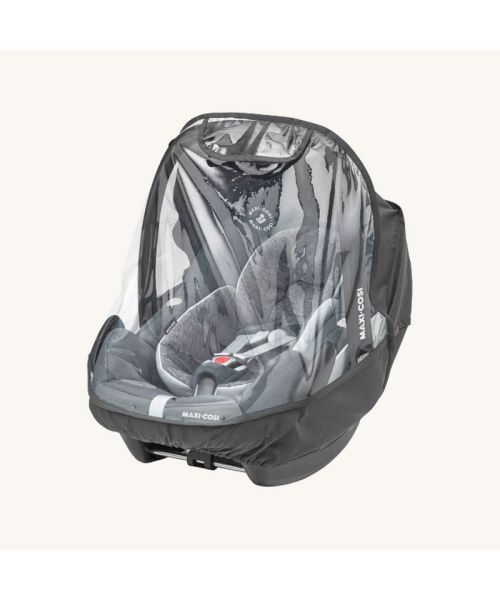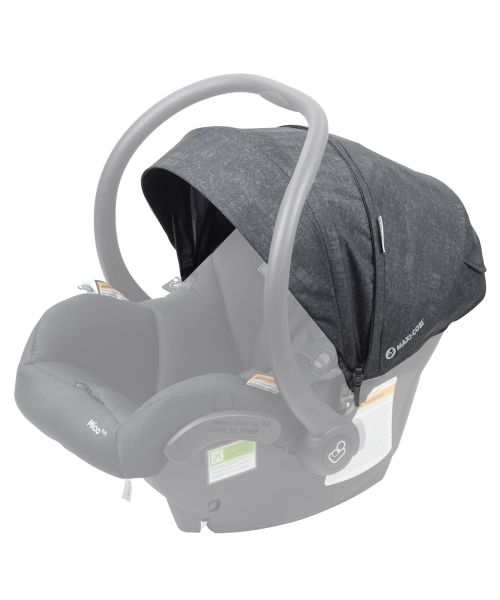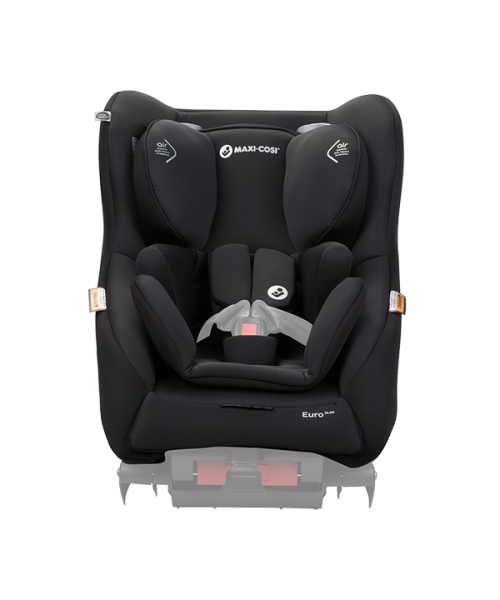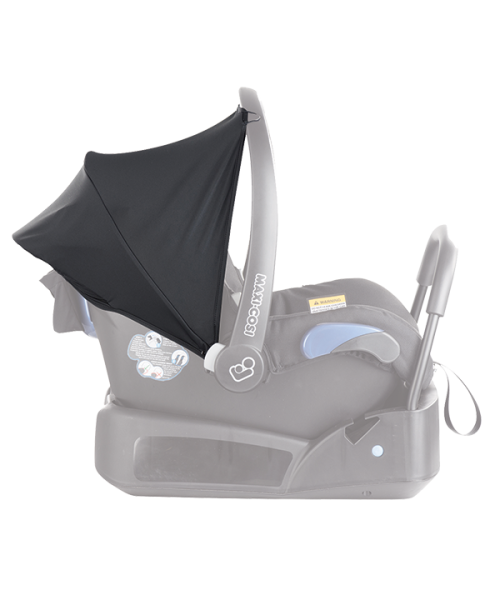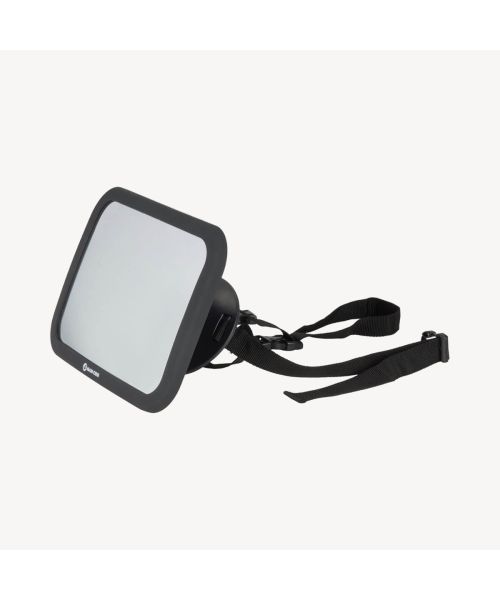Eye Contact In Babies - Expert Advice
Eye gaze is one of the first milestones babies achieve, and it is an especially exciting one!
It lets parents know that their baby finally “sees” them and that they’re important and recognized. When parents’ and babies’ eyes meet something very special happens – an emotional connection is established. Mutual gaze is a shared communicative experience between a parent and a baby that conveys information about a reciprocal interest and connection, and each participant’s state of mind and general feeling through gestures, facial expressions and smiles. Read more about Emotional Intelligence in babies during the first two years to learn more about emotional development.
The importance of eye gaze
The developmental importance of eye gaze is both emotional and intellectual- it has special significance in early attachment and bonding and plays an important part in the process of obtaining information about the world and emotions. When baby sees her parents’ eyes and face, she starts making associations: between food and feeder, between voices and persons, between a smile and what it means to be happy or loved, etc. This developmental milestone is significant in helping children develop capacities to be calm and regulated, engage and relate to others, and initiate and respond to different types of communication. Later on, when babies are able to follow the caregiver’s gaze, infants can share important information with parents. This is an essential skill required to enjoy mutual play with caregiver and objects and is a central skill to the development of language and vocabulary. In the simplest terms, when both caregiver and baby are looking at the same object and the parent names or describes the object, the connection between a sight and a word is established. Continue reading about the fascinating subject of baby's development in our article about the importance of talking to your baby.
The development of eye gaze
Eye gaze develops in leaps and bounds when it comes to babies:
- Within 7 hours after birth infants take a remarkable interest in their mothers' faces and have been shown to imitate facial expressions made by caregivers.
- Between 6-10 weeks, baby begins to direct her eyes more intentionally by looking directly at her caregiver and holding the gaze with eyes widening.
- At around 3 months, baby can follow the movements of her caregiver as she moves about at a distance.
- By 9-11 months, babies develop the ability to follow the actual eye gaze of the adult. It means that they already understand that the eyes are meant to look and see.
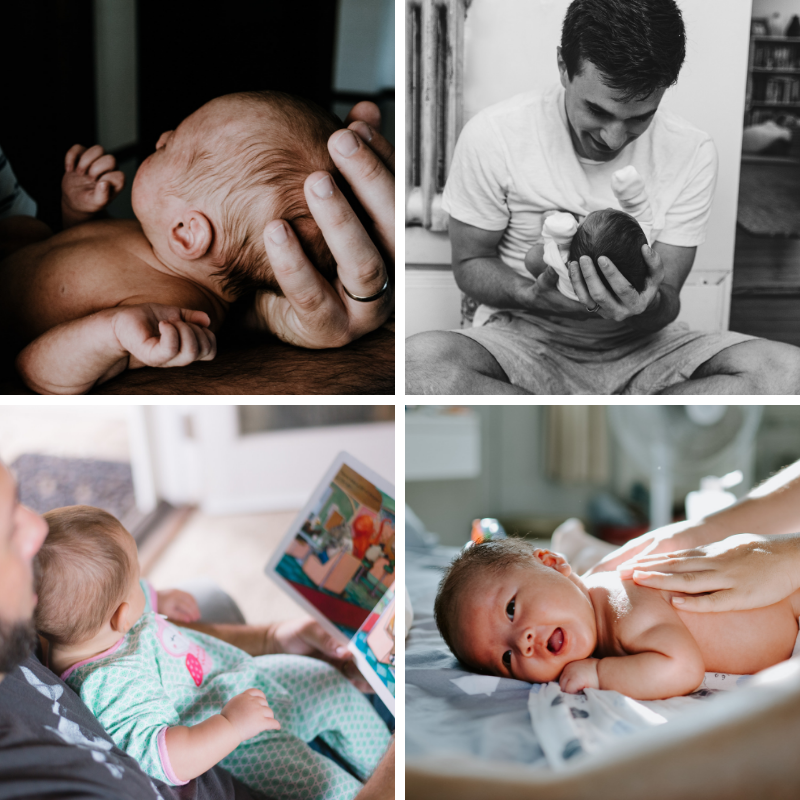
How can parents encourage eye contact
Mutual gaze between parents and babies are natural and joyful. However, each baby and each parent has their own make up, needs and tendencies, and it takes time to find the right balance for both parties. Here are some tips on how to adjust and mediate the world to your baby while considering her special tendencies and needs:
- Eye gaze is very short in babies. Don’t expect a long and focused look.
- You can’t force a baby to form eye contact, especially when baby is hungry, tired or upset. There are wonderful ways to gently encourage eye gaze when baby is content and alert.
- In the first few months of life, holding the baby at about 10-20 inches away from the parent’s face facilitates eye gaze and focus.
- When baby is staring directly at the parent it is an opportunity to interact, smile, sing, talk and gesture in the infant's field of vision even if it feels awkward at first. These meaningful interactions are registered in the baby’s mind and impact their development.
- It is usually better to wait until the baby looks at the caregiver and then establish communication. When she does look, try not to look away before she does.
- Mutual gaze is especially beneficial to promoting attachment when accompanied with touch and/or voice.
- When baby gazes at the parent or at an object, pointing at the object and naming it facilitate language development.
- The human face is a strong visual stimulus – babies sometimes just need a break from the wealth of information it offers. When babies turn their heads away or avert their gaze it is not a sign of disinterest or rejection but rather a babyish way of saying “I’ve had enough for now, I need some time to process it all”. It is important to respect baby’s sensory capacity. Some babies are more sensitive to sensory stimulation and might avoid eye contact more often. Other babies may actually need intense stimulation in order to focus and will enjoy more noticeable gestures and funny faces.

